- Groupe ADP and Skyports unveil the passenger terminal testbed for future electric vertical take-off and landing (eVTOL) at Pontoise-Cormeilles airfield, with the support of RATP Group, Paris-Région and -the French Civil Aviation Authority (DGAG) depending on the French Ministry of Transports.-
- The vertiport at Pontoise, one of a kind in Europe, brings together key technical components for future electric aircrafts including: take-off and landing areas, passenger terminal, maintenance hangar and control areas.
- The full passenger journey, as close as possible to the configuration expected in 2024, can now be tested: from accessing the terminal, to the control formalities based on biometrics technologies (developped by SITA), to boarding the aircraft.
- Volocopter has carried out a flight integrated into conventional air traffic.
First passenger terminal of a vertiport in Europe
Designed and developed by Skyports and Groupe ADP, the new passenger terminal will be used as a testbed to prepare the experimentation planned for 2024 and the upcoming launch of passenger services, for:
- passenger journey: security and check-in processes, passenger dwell time, and aircraft boarding;
- vehicle integration, ground movement procedures, and charging operations;
- flight scheduling and passenger information.
This passenger terminal demonstrates first-hand Skyports safety and regulatory compliant, efficiency-led and functional approach to AAM infrastructure development. At 115 sq.m, the size of the vertiport terminal has been carefully considered to provide ample space to ensure a comfortable passenger experience with fast throughput, while taking up a small-as-possible footprint. The modular design allows for a fast and easy build, creates less construction waste, and provide in-built flexibility. This terminal was designed and constructed by local companies using, where possible, locally sourced materials.
The inauguration event, which marks the culmination of 12 months of testing campaigns at Pontoise airfield was completed with live test flight by Volocopter integrated into conventional airspace, in cohabitation with another aircraft, demonstrating the interaction between ground infrastructure and eVTOL aircraft.
Since its formation in 2020, the AAM Paris branch is formed of 30 industrial, academics or legal partners to meet all the challenges: vehicle development, operations, infrastructure, airspace management, and public acceptance spaces. Regarding eVTOL companies (in addition to Volocopter, Airbus, Ascendance Flight Technologies, Lilium, Joby Aviation, Vertical Aerospace) Eve Air Mobility, dedicated subsidiary of Embraer, has recently joined the project.
2023 goal: develop uses and implement five additional vertiports by 2024
The Pontoise testbed will be instrumental to ease news potential use cases, including logistics, surveillance and maintenance monitoring, sanitary and medical.
In the medical field, ADP and RATP groups are working with the AP-HP (public assistance hospitals of paris) to evaluate the conditions for a demonstration in a real environment as early as 2024, with the use of light aircraft to meet three transport needs: the transport of biological material, light injuries, or specialised doctors, from Paris-Le Bourget, a major health airport for the Paris region.
The skills developed at Pontoise will directly serve to settle several vertiports throughout the Paris region, in order to meet the 2024 deadline by offering two lines with passengers between:
- Paris and Versailles (between Paris-Issy-les-Moulineaux heliport and Saint-Cyr l’École airfield) ;
- Paris-Charles de Gaulle and Paris-Le Bourget Airports, and a location in Paris at Quai Austerlitz (barge project on the Seine river bank).
Administrative procedures are underway for the establishment of these five vertiports. For its part, Volocopter - whose 2X model is so far the only aircraft authorised by the DGAC for test flights at the Pontoise airfield - is in the process of obtaining European certification, which will enable it to fly at all the above-mentioned vertiports.
Thus, by 2024, the planned experimentation will be based on:
- a fleet of about ten VoloCity (Volocopter aircraft) ready for deployment;
- each aircraft will be able to perform 2-3 flights per hour.
***
Flash-back on one year of successful test campaigns at Pontoise airfield:
more than 20 flights, 200km travelled and 1000 welcomed visitors
Successful tests have included:
1. Acoustic and vibratory impact modelling
In March, RATP Group led an in-flight noise impact measurement campaign - in collaboration with Groupe ADP, Volocopter, Bruitparif, DGAC and ONERA - to understand and compare the noise levels of the Volocopter aircraft.The measurements were carried out for three flight conditions - overflight (50m and 25m altitude), hovering (7m and 25m altitude) and take-off/landing - using about ten microphones and three accelerometers. These measurements are also completed by meteorological measurements (wind gradient, speed, temperature, hygrometry). In total, more than 25 sensors were deployed for this campaign.
The first results are in line with the levels announced by the manufacturer, with an emission level of 76 dB(A) measured on the Volocopter 2X prototype, which places the mode below the emission level of a conventional bus, and four times less noisy than a helicopter.
In addition to the acoustic measures, an on-site poll conducted by ESSEC students during the tests showed that 86% of visitors did not expect such a perception of the sound impact, which they experienced as less noisy than imagined.
2. Airspace integration and deconfliction
In September, under the European SESAR air traffic management innovation program, Volocopter (unmanned eVTOL flight), M3 Systems (drone designer) and Pipistrel (manufacturer of a 100% electric aircraft) conducted a series of flight tests to simulate avoidance procedures, with integration into an increasingly automated air traffic management (ATM) environment
***
Augustin de Romanet, Groupe ADP Chairman and CEO, said: “In Pontoise, we are taking a new decisive step in the development of electric air mobility. The passenger terminal marks the final stage in the development of the Pontoise testbed and the completion of a Volocopter flight fully integrated into the airfield's airspace is the epitome of a year of very ambitious test campaigns. We are now looking ahead to 2024: the development of all uses, sanitary and logistics.”
Duncan Walker, CEO of Skyports, stated: “The Pontoise-Cormeilles terminal is a physical demonstration of the fact that innovation won’t occur in isolation; it requires collaboration from a multitude of area experts, including operators, vehicle manufacturers, and technology developers, each of which have an important role to play in achieving the ultimate objective of commercial AAM services. With the completion of the terminal, we will now begin comprehensive testing of procedures and technologies in a realistic aviation environment, creating a space for Skyports and consortium partners to accelerate the industry.”
Dirk Hoke, CEO of Volocopter, said: “Introducing a new kind of mobility like UAM can only be done successfully with a closely knit, yet open ecosystem. The testbed at Pontoise-Cormeilles is a stellar example of ecosystem partners collaborating to accelerate the realization of UAM. We can test processes, integrate new and old systems, and simulate different operational scenarios to create trust and positive awareness of all stakeholders. Together, we will succeed in providing an additional emission-free transport for the public. Every test is one step closer to commercialization in time for 2024.”
Marie-Claude Dupuis, Strategy, Sustainable Development and Real Estate Director RATP Group, underlined" : “This year of testing and validation has enabled us to make progress in evaluating the acceptability of these new vehicles and the urban insertion of vertiports. We are working together on the next steps to offer a new mobility experience by 2024.”
And Valérie Pecresse, President of the Paris Region, to conclude: “The development of low-altitude aviation for urban air mobility is an adventure full of promises, for employment, for the environment and for the lives of Paris-Region residents. As the leading aeronautical region in France and Europe, Paris Region has all the resources to be a pioneer in this field and that is why we decided last year to support this exciting initiative financially. As the first plane ticket of the first airline company was taken in 1914 in Florida, I want the first passenger flight in a vertical take-off and landing aircraft to take place in our region , Paris Region. The Olympics are an incredible opportunity and showcase to launch this project and promote the site’s experimental facilities. We will continue to support this project while remaining vigilant to ensure that the inhabitants of Paris Region benefit from it, in compliance with our decarbonization objectives detailed in the regional economic strategy Impact 2028.”










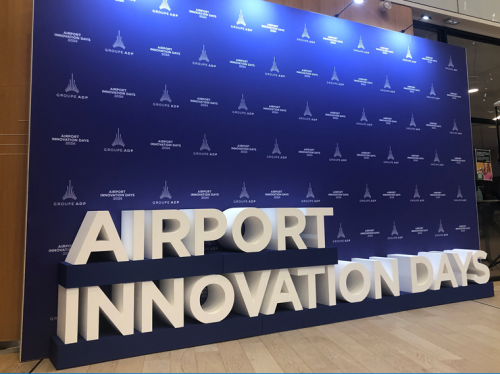

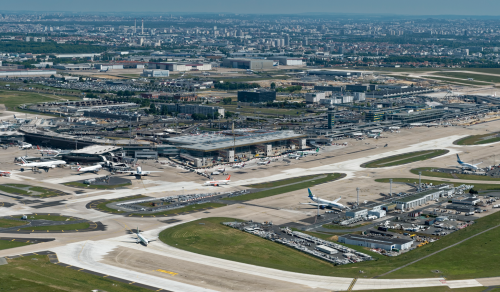
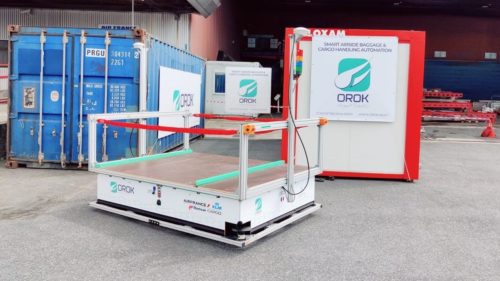
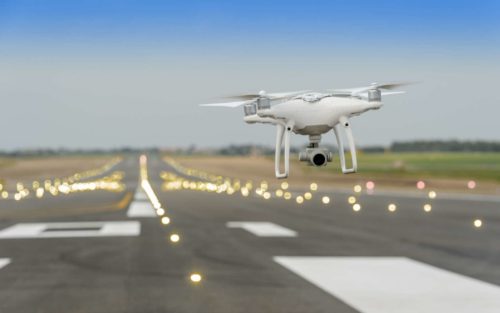
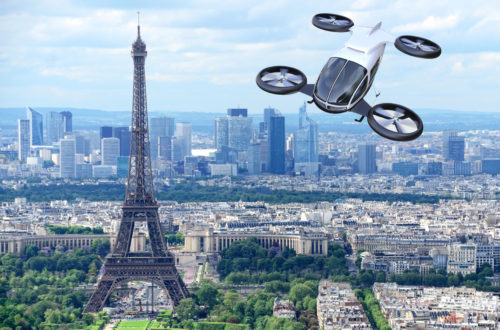
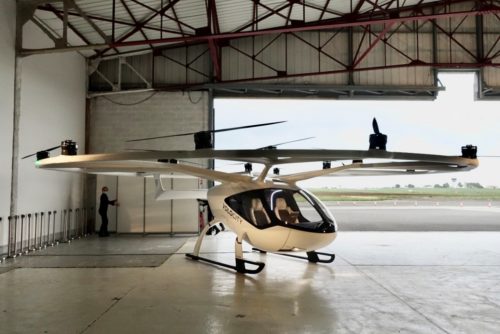
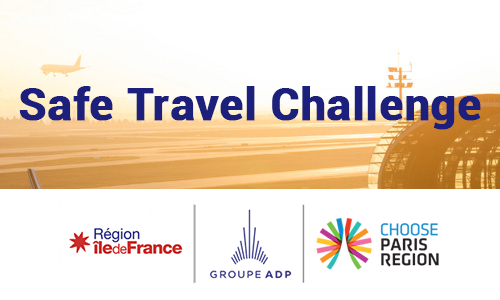

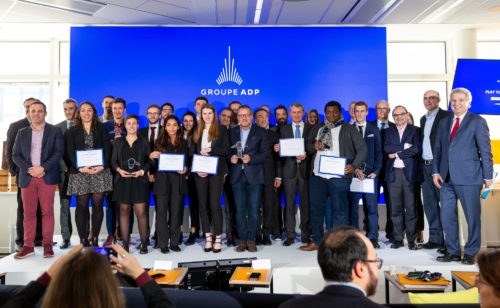 ">
">